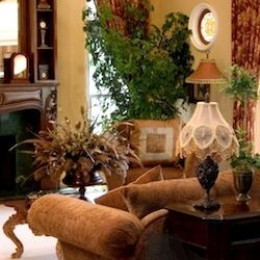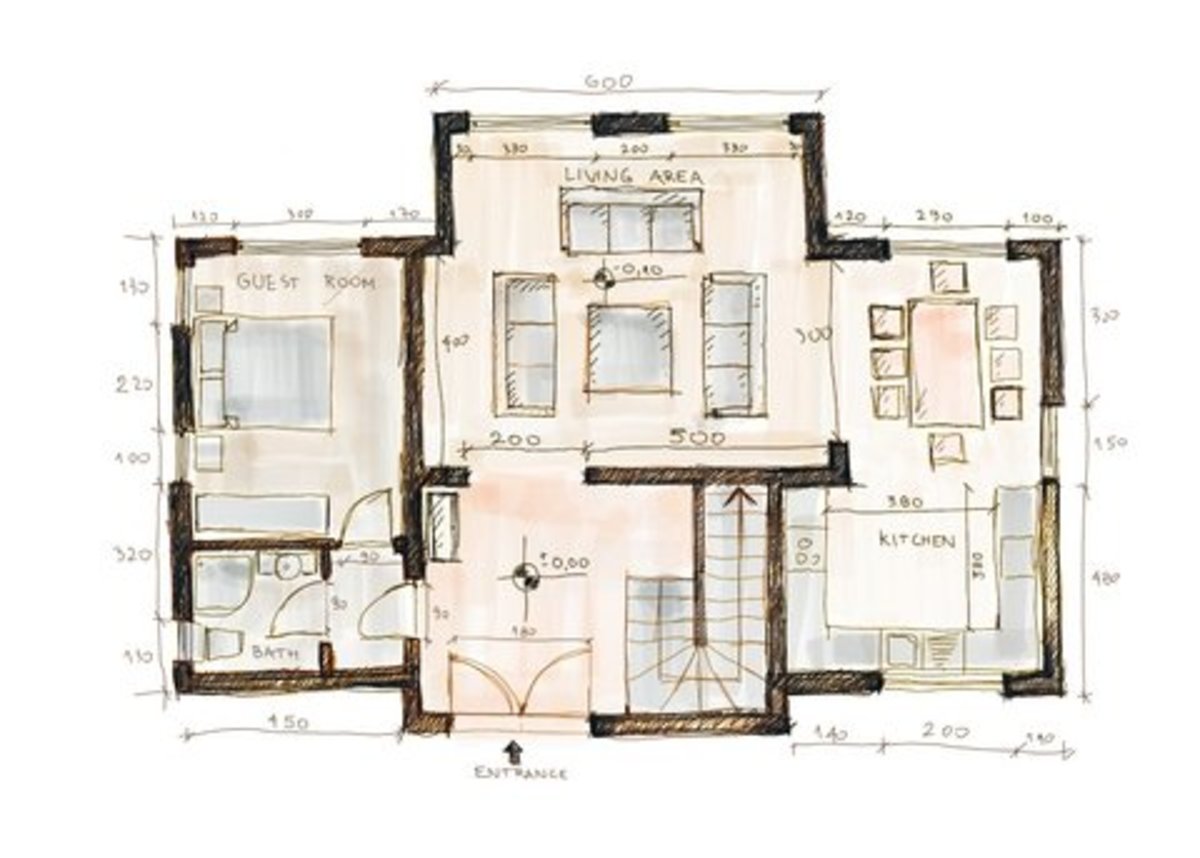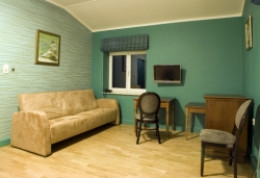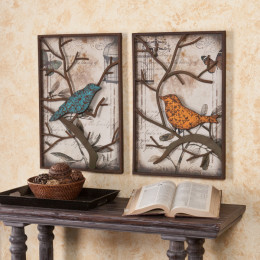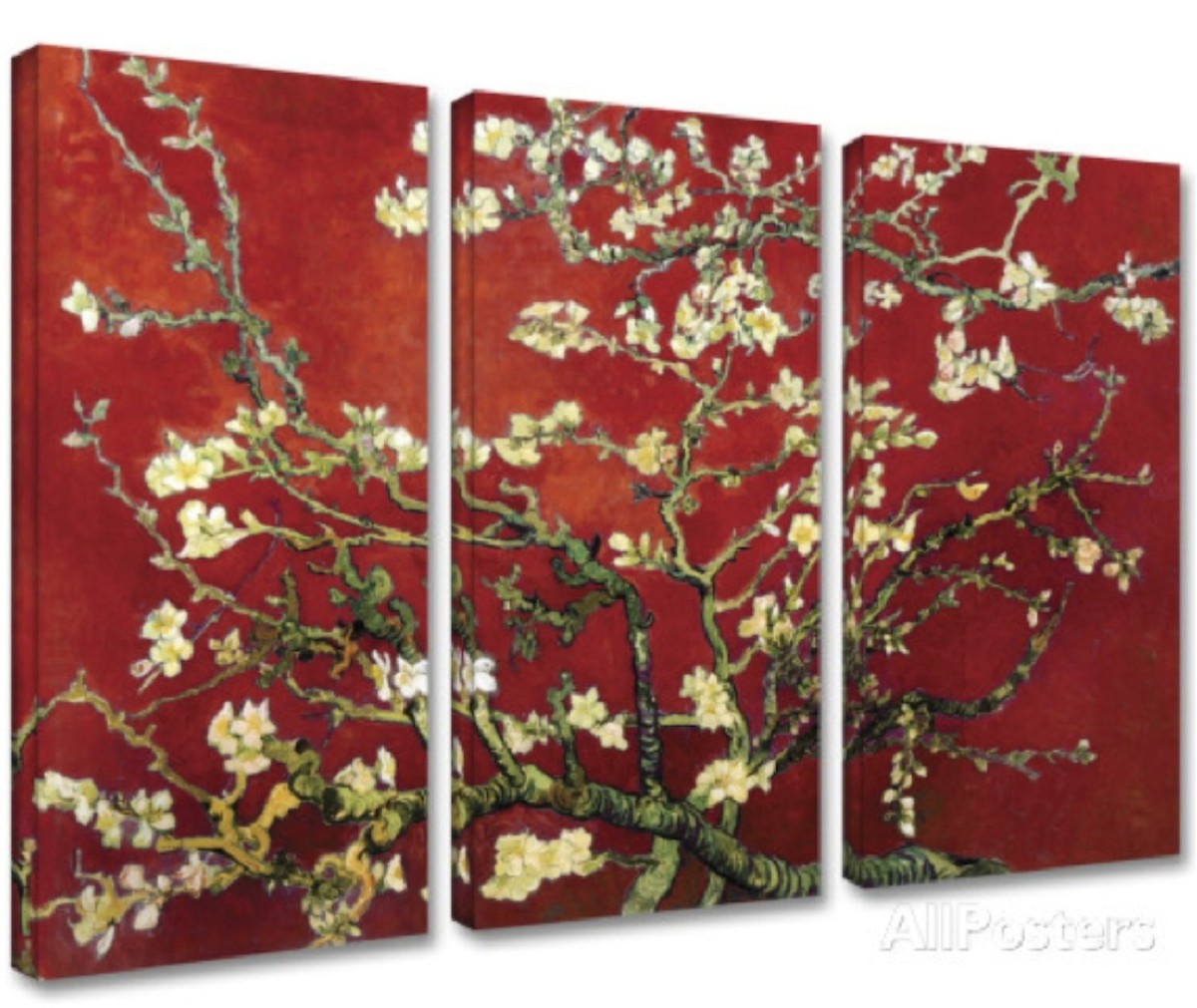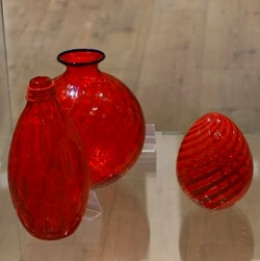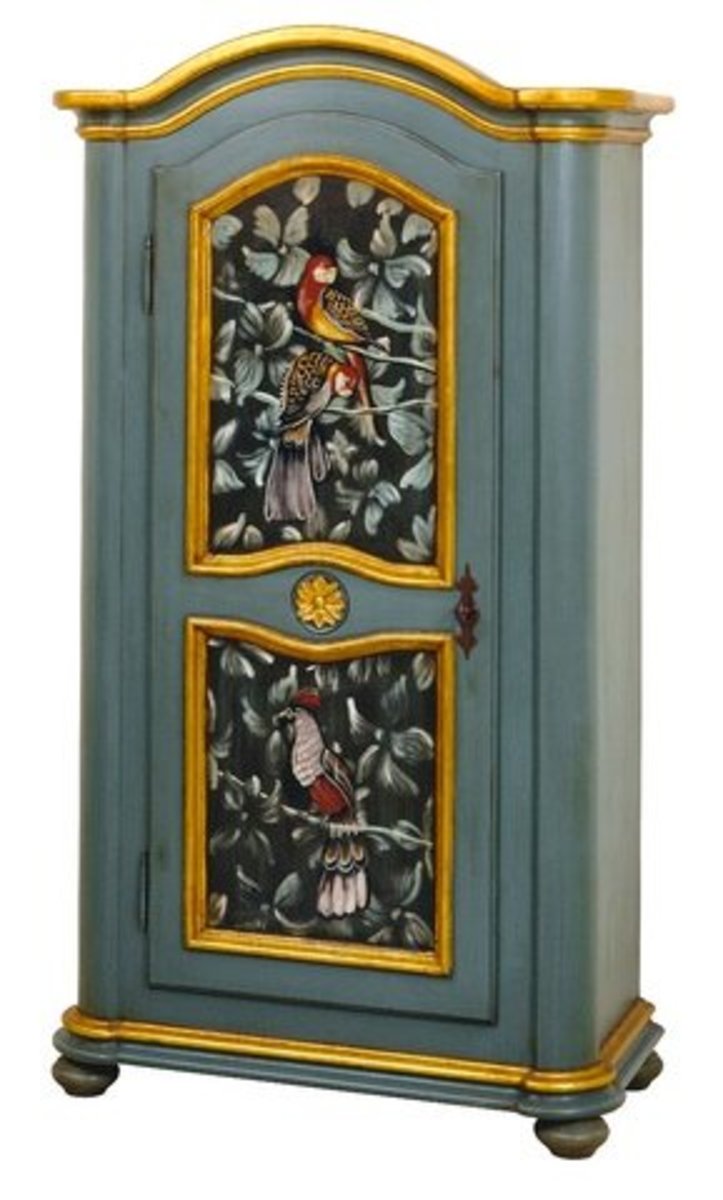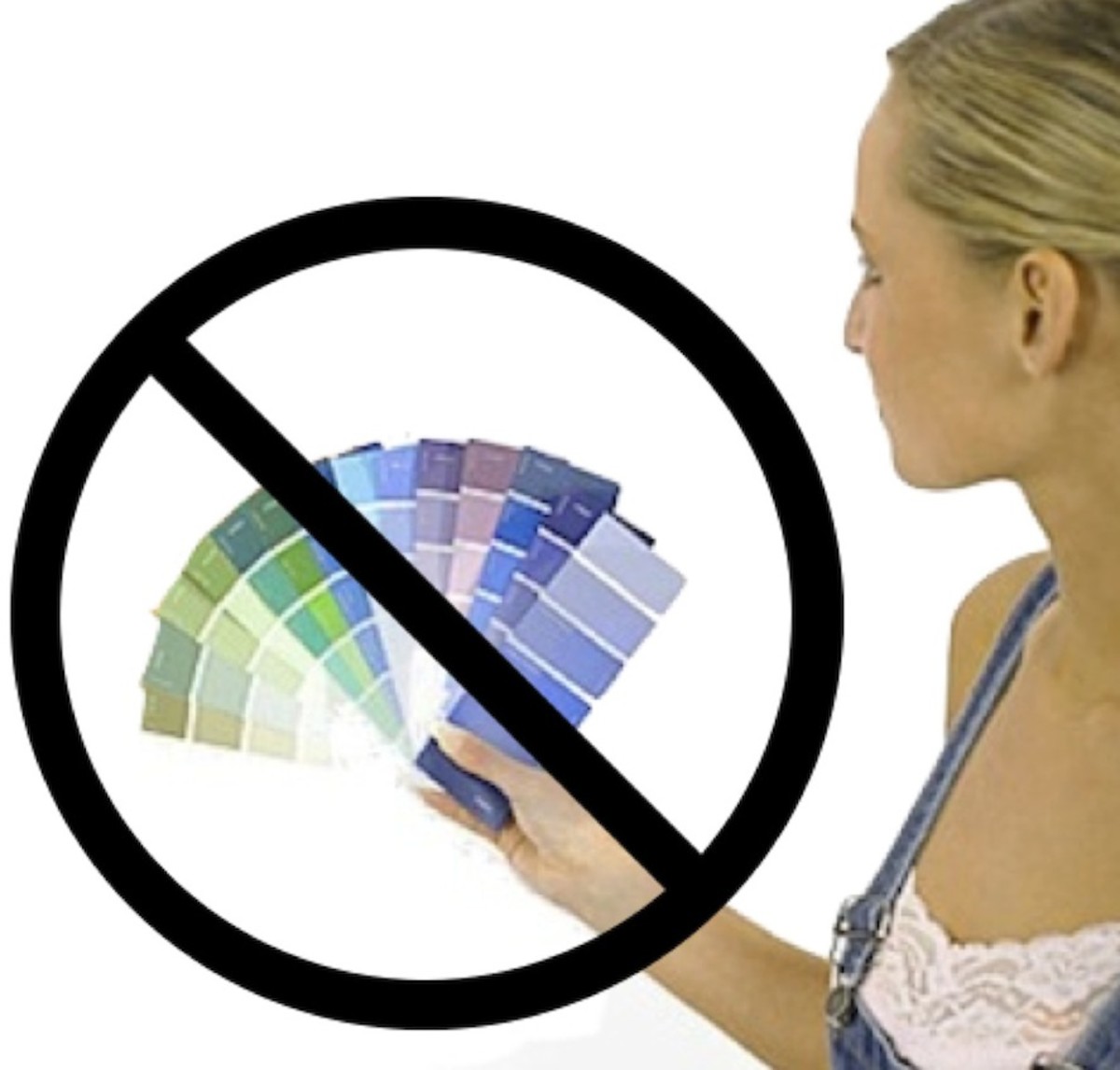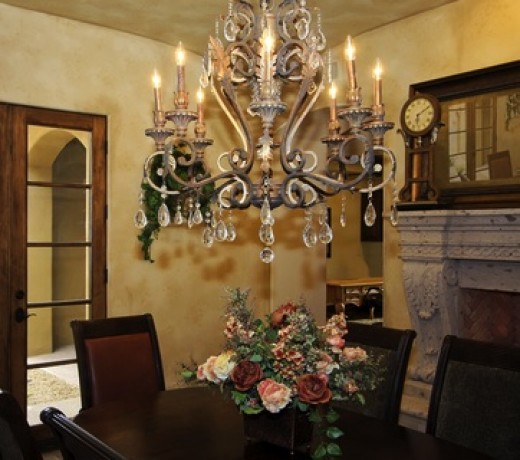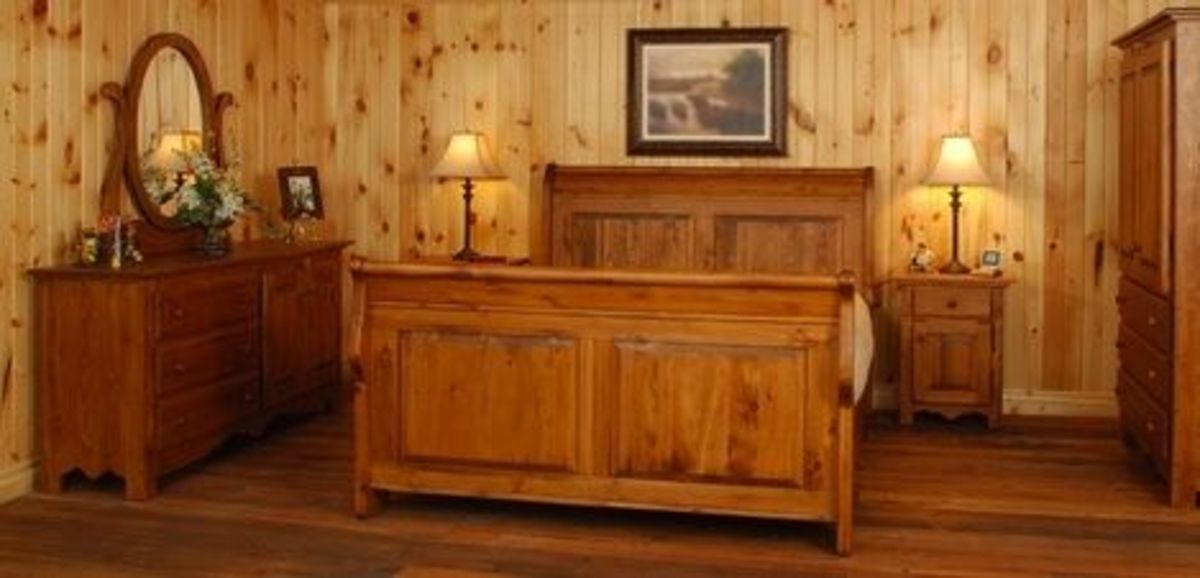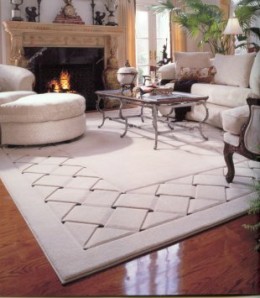
Why Does He Keep Cheating on Me?
Is it because you’re unattractive? You’re overweight? Underweight? You’re not kinky enough in bed? You’re boring in bed? You fuss too much? You complain too much? Find comfort in knowing that it’s not your fault why your significant other keeps cheating. Even if you beautified yourself more, lost weight, gained weight, became a lioness in the bedroom, stopped fussing so much—if he is wired to cheat and lacks self-control, he’s going to continue the behavior anyway. It’s not you. It’s him. Even if you’re putting the gun in his hand (so to speak), it’s his decision to pull the trigger.
“A man will be a man.” “All men are dogs.” “Men don’t need a reason to cheat; all they need is an opportunity.”
There are numerous sayings out there to explain why many men find it so difficult to be faithful to just one woman. If you have found yourself in the situation where your significant other has cheated on you, we as women often make the mistake of asking this question: “What am I doing wrong?” The truth of the matter is that a man holds complete responsibility for his decision to step outside of the relationship. However, some interesting findings about the male brain and his sexuality might shed some light as to why your husband or boyfriend seems to be a sex addict who just can’t help himself.
Physiological Influences on Infidelity
1. Testosterone Levels: Men who have high levels of testosterone have higher sex drives. The amount of testosterone a man has is bestowed upon him by nature when he’s nothing more than a cell in his mother’s womb. Studies have shown that men with lower T-levels make better husbands and are less likely to commit an act of infidelity. According to the Men’s Health magazine, “A study of more than 4,000 men found that men with high testosterone levels were 43 percent more likely to get divorced and 38 percent more likely to have extramarital affairs than men with less of the hormone” (Amen, 2010).
2. Size of the Prize: A man’s predisposed level of testosterone is directly correlated to the size of his penis. Men with higher levels have longer penises. Men with lower levels have shorter penises. A glance in your man’s pants can help you guesstimate his level of T.
3.Hypothalamus: This is the part of the brain that’s interested in sex. Look at the picture below and compare the male’s hypothalamus to the female’s. This is why he’s always ready to “make whoopee” and seems to have it on his mind all the time. It’s part of his nature.
4. Visual stimulation: Men are more visually stimulated than females. This is why he loves for you to send him nude pictures, loves to make love with the lights on or while looking in a mirror, loves to see you dressed in something naughty. This is also why he steals many glances at attractive women who pass his way. He’s wired to look. So don’t get mad if you catch him looking, just give him the 5-Second-No-Comment Rule: he can look for five seconds and then he must look away without making any spoken comment, such as, “Now, that’s what I call a booty.”
5. Age Does Matter: The prefrontal cortex is a part of the brain that helps us with good judgment calls. This part of the male’s brain is not fully developed until age 25. That’s why men under the age of 25 make many bad judgment calls. Think about it: you have gallons of testosterone gushing through you, you think about sex all the time, and your brain isn’t developed enough to make the best judgment call. Men under age 25 are like a recipe for disaster. (What’s the excuse for those over 25 who make very bad judgment calls? Well, that’s a man for you.)
6. He’s Heavily Drugged: At the moment when the man has spotted a willing prey who is very visually attractive and his blood gets to flowing, other things get to flowing as well, such as dopamine (linked to the sex drive) and PEA (phenylethylamine), a natural chemical compound that is associated with psychoactive drugs, like cocaine and ecstasy. This is why it’s so darn difficult for him to control himself! His body is literally working against him.
This is Not a Free-Pass to Cheat
 While this hub explains the reasons why a male’s body works against him when it comes to remaining faithful, this is by no means written to excuse the behavior. Cheating is an intolerable act, one that is very hurtful and can cause irreversible damage to a marriage, relationship, household, etc. Just imagine…what if his bad behavior brings home a disease to you or brings about new life growing in the womb of another woman?
While this hub explains the reasons why a male’s body works against him when it comes to remaining faithful, this is by no means written to excuse the behavior. Cheating is an intolerable act, one that is very hurtful and can cause irreversible damage to a marriage, relationship, household, etc. Just imagine…what if his bad behavior brings home a disease to you or brings about new life growing in the womb of another woman?What to Do if You Suspect Him of Cheating
Confront him. If he lies about it (which he most likely will), present proof. If he still lies about it in the light of the proof and refuses to acknowledge that he’s been caught, then you must make a decision. Are you going to stay with a liar/cheater, are you going to remove yourself from the situation, or are you going to do nothing?
A remorseful cheater. If he’s willing to admit that he’s been caught and he’s remorseful for his behavior, come up with a plan to eliminate the behavior and begin the journey of rebuilding trust in the relationship. Counseling is always a good idea because it might unearth the root of the problem in your marriage/relationship.
Repeat offender. If this isn’t the first, second, or third time you’ve caught him, chances are he’s a habitual offender who completely lacks self-control and is nowhere near ready to be in a committed relationship. Sometimes, a man really needs to “get it all out of his system” before he can be faithful to you. For your sanity, let it go.
Recognize your worth. Sometimes, we “own” a man’s cheating when it’s not our problem to own. Whether we admit it or not, we blame ourselves for the cheating. We search our brains for things we could have done better to keep him from cheating. This leads to insecurities and low self-esteem. Why feel bad about yourself because your man can’t control himself? You can’t make a man be faithful to you. Either he will or he won’t, but it's his decision—not yours.
Own your own wrongs. Be realistic here. You can’t go a whole year withholding the “cookie” from a man and then get mad when he sleeps with someone who is willing to give it up. You can’t make sex with your man seem like such a burdensome chore and then get mad when he sleeps with someone who gets excited about making love to your man. You can’t walk around with your head looking like a bird’s nest and wearing big, oversized drab clothing and then get mad when your man eyes down a woman who looks like she could be on the front cover of Sports Illustrated. Do what you can to keep your husband from cheating and if he stray, you’ll find peace in knowing that you did your part.

In Closing...
A man is wired by nature to seek, conquer and devour women. His hypothalamus, testosterone levels, and eyeballs can get him into a world of trouble. Despite the odds that nature has set against him, cheating is still a choice. When presented with the opportunity to cheat, men shouldn’t think: “Is it worth it?” because while caught up in the moment and heavily drugged with dopamine and phenylethylamine, he will deceive himself into thinking, “Yes, it’s worth it.”
Instead, men should keep their goal in mind—to have a happy wife/girlfriend and a relationship of longevity. And men should try harder to avoid boxing themselves into situations that have the ability to go left field. For example, if a flirtatious woman who you’re highly attracted to finds herself stranded and needs a ride home, don’t put yourself in such closed in proximity by offering her a ride in your whip. Instead, call around to find her a ride or pay for her a taxi. And then remember that no matter how green the grass may look on the other side, every patch of grass has to endure winter.
For more Click






